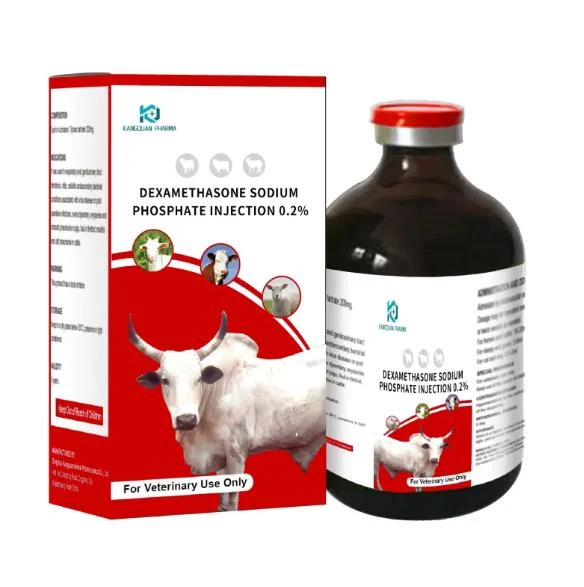- Afrikaans
- Albanian
- Amharic
- Arabic
- Armenian
- Azerbaijani
- Basque
- Belarusian
- Bengali
- Bosnian
- Bulgarian
- Catalan
- Cebuano
- Corsican
- Croatian
- Czech
- Danish
- Dutch
- English
- Esperanto
- Estonian
- Finnish
- French
- Frisian
- Galician
- Georgian
- German
- Greek
- Gujarati
- Haitian Creole
- hausa
- hawaiian
- Hebrew
- Hindi
- Miao
- Hungarian
- Icelandic
- igbo
- Indonesian
- irish
- Italian
- Japanese
- Javanese
- Kannada
- kazakh
- Khmer
- Rwandese
- Korean
- Kurdish
- Kyrgyz
- Lao
- Latin
- Latvian
- Lithuanian
- Luxembourgish
- Macedonian
- Malgashi
- Malay
- Malayalam
- Maltese
- Maori
- Marathi
- Mongolian
- Myanmar
- Nepali
- Norwegian
- Norwegian
- Occitan
- Pashto
- Persian
- Polish
- Portuguese
- Punjabi
- Romanian
- Russian
- Samoan
- Scottish Gaelic
- Serbian
- Sesotho
- Shona
- Sindhi
- Sinhala
- Slovak
- Slovenian
- Somali
- Spanish
- Sundanese
- Swahili
- Swedish
- Tagalog
- Tajik
- Tamil
- Tatar
- Telugu
- Thai
- Turkish
- Turkmen
- Ukrainian
- Urdu
- Uighur
- Uzbek
- Vietnamese
- Welsh
- Bantu
- Yiddish
- Yoruba
- Zulu
Дек . 15, 2024 16:52 Back to list
enrofloxacin injection cattle
Enrofloxacin Injection in Cattle A Comprehensive Overview
Enrofloxacin is a fluoroquinolone antibiotic that has been widely used in veterinary medicine, particularly for the treatment of bacterial infections in cattle. Its broad-spectrum activity makes it effective against a variety of pathogens, including gram-negative and gram-positive bacteria. This article aims to provide an in-depth understanding of enrofloxacin injection in cattle, covering its mechanisms, applications, dosage, safety, and regulatory aspects.
Mechanism of Action
Enrofloxacin works by inhibiting the bacterial DNA gyrase and topoisomerase IV enzymes, which are crucial for DNA replication and repair. By disrupting these processes, enrofloxacin effectively prevents bacterial growth and replication, leading to the eradication of infections. Its potent antimicrobial effects come from its ability to penetrate bacterial cells and target intracellular processes, making it highly effective against a range of pathogens commonly found in cattle.
Indications and Applications
Enrofloxacin is primarily indicated for the treatment of respiratory infections, metritis, mastitis, and other systemic infections in cattle. Its ability to penetrate tissues, including lung and uterine tissues, makes it particularly useful for treating pneumonia and reproductive tract infections. Additionally, enrofloxacin is often employed in the management of neonatal calf diarrhea, an important condition that can lead to significant morbidity and mortality in young cattle.
Moreover, enrofloxacin is sometimes utilized in feedlot cattle to prevent and treat shipping fever, a severe respiratory disease that can arise due to stress during transportation. The antibiotic is also used off-label in some cases, but such applications should always be guided by veterinary advice to ensure safety and compliance with regulations.
Dosage and Administration
enrofloxacin injection cattle

Enrofloxacin is typically administered via injection, either subcutaneously (under the skin) or intramuscularly (into the muscle). The dosage often varies depending on the specific condition being treated, the weight of the animal, and the severity of the infection. The common dosage for cattle ranges from 2.5 to 7.5 mg/kg body weight, with the frequency of administration depending on the clinical scenario. It is crucial for veterinary practitioners to follow the established guidelines for dosage to maximize efficacy while minimizing the risk of resistance development.
Safety and Side Effects
When used appropriately, enrofloxacin is generally well-tolerated in cattle. However, like all medications, it is not without risks. Potential side effects may include gastrointestinal disturbances, such as diarrhea or vomiting, and, in rare cases, damage to articular cartilage in young animals due to its effects on collagen synthesis. Careful consideration must be given to its use in pregnant animals, as the effects on fetal development are not fully understood.
One of the major concerns surrounding the use of enrofloxacin, like other antibiotics, is the development of antimicrobial resistance. The inappropriate or excessive use of antibiotics can contribute to resistant bacterial strains, making infections harder to treat. Therefore, it is critical for veterinarians to employ enrofloxacin judiciously, ensuring it is only used when necessary and within the recommended guidelines.
Regulatory Aspects
The use of enrofloxacin in food-producing animals, including cattle, is heavily regulated in many countries. Veterinary oversight is essential, and any use of enrofloxacin must adhere to local regulations to ensure food safety. In the United States, for example, the Food and Drug Administration (FDA) has established withdrawal times to ensure that antibiotic residues do not remain in meat and milk products intended for human consumption.
Conclusion
Enrofloxacin injection plays a vital role in the veterinary treatment of cattle, offering an effective option for managing various bacterial infections. While it provides significant benefits in terms of animal health and welfare, responsible usage is paramount to mitigate the risks associated with antibiotic resistance. With ongoing research and monitoring, the veterinary community strives to ensure that enrofloxacin, and other antimicrobial agents, remain effective tools for the treatment of infections in livestock while safeguarding public health. As we continue to navigate the complexities of antibiotic use in agriculture, education and collaboration between veterinarians and farmers will be key in promoting responsible practices for the future.
-
Guide to Oxytetracycline Injection
NewsMar.27,2025
-
Guide to Colistin Sulphate
NewsMar.27,2025
-
Gentamicin Sulfate: Uses, Price, And Key Information
NewsMar.27,2025
-
Enrofloxacin Injection: Uses, Price, And Supplier Information
NewsMar.27,2025
-
Dexamethasone Sodium Phosphate Injection: Uses, Price, And Key Information
NewsMar.27,2025
-
Albendazole Tablet: Uses, Dosage, Cost, And Key Information
NewsMar.27,2025













